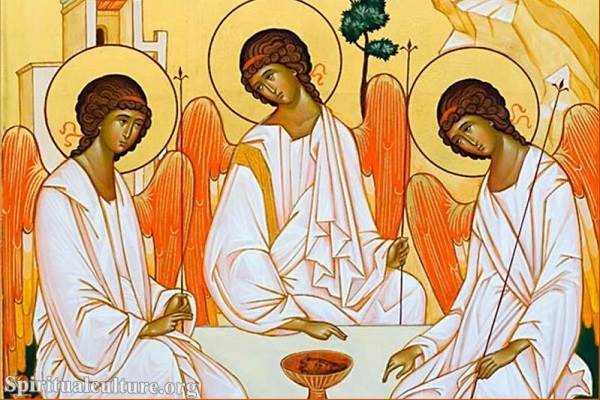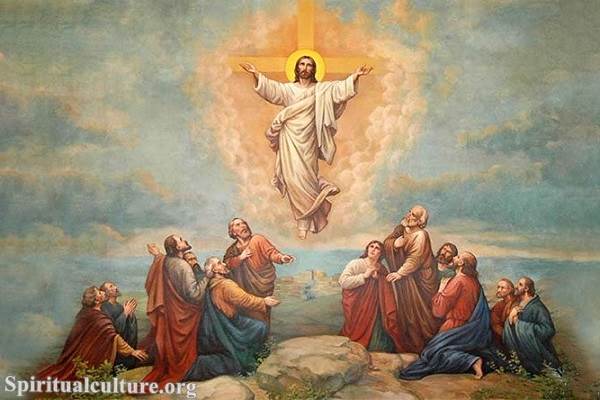It is often depicted in art and is a common subject in Christian iconography.
The image of Jesus on the cross reminds Christians of Jesus’s sacrifice for humanity’s sins and his ultimate resurrection.
The crucifixion of Jesus is a central event in the Christian faith, described in the New Testament as the execution of Jesus by the Roman authorities at the request of the religious leaders of the time.
According to the New Testament of the Bible, Jesus, who Christians believe to be the Son of God, was arrested and brought before the Roman Governor Pontius Pilate. Pilate found no reason to punish Jesus, but the crowd, who had been stirred up by the religious leaders of the time, demanded that Jesus be crucified. To avoid confrontation with the crowd, Pilate ordered that Jesus be crucified.
Jesus was then stripped of his clothes, beaten, and made to carry his own cross to the place of crucifixion. He was then nailed to the cross and left to die. The Bible states that Jesus died after several hours of hanging on the cross and that a Roman centurion confirmed his death.
Christians consider the crucifixion of Jesus to be the central event in the Christian faith. It is believed that Jesus died on the cross as a sacrifice for the sins of humanity and that through his death and resurrection, salvation and eternal life are made available to all who believe in him.
The image of Jesus on the cross is a powerful symbol of sacrifice and redemption. It is often used in religious art and architecture, such as in the form of crucifixes or crosses. In the Catholic, Orthodox, and Anglican Church, the cross is venerated as a symbol of Jesus’s sacrifice for humanity’s sins. In many Christian traditions, the cross is also seen as a symbol of victory over death, as Jesus’s death is believed to have made it possible for humanity to have eternal life.
The crucifixion of Jesus is commemorated by Christians every Good Friday, which is the Friday before Easter Sunday. It is a day of fasting, repentance, and mourning, and many Christians attend special services or processions to remember and reflect on the events of the crucifixion.
Many Christians also wear crosses as a symbol of their faith and a reminder of Jesus’s sacrifice. The cross is also a common symbol in Christian jewelry, such as rings, pendants, and bracelets.
In addition to its symbolic meaning, the image of Jesus on the cross has also played a significant role in Christian art and architecture throughout history. From the early days of Christianity, the cross has been depicted in art and architecture and has been a common subject for Christian artists for centuries. Many famous works of art depict Jesus on the cross, including the famous painting by the famous artist Michelangelo, Titian, and others.
In summary, the image of Jesus on the cross is a central symbol of Christianity that represents the sacrifice and redemption of Jesus. It is a powerful symbol of hope and victory over death, and it continues to hold great significance for Christians today.


